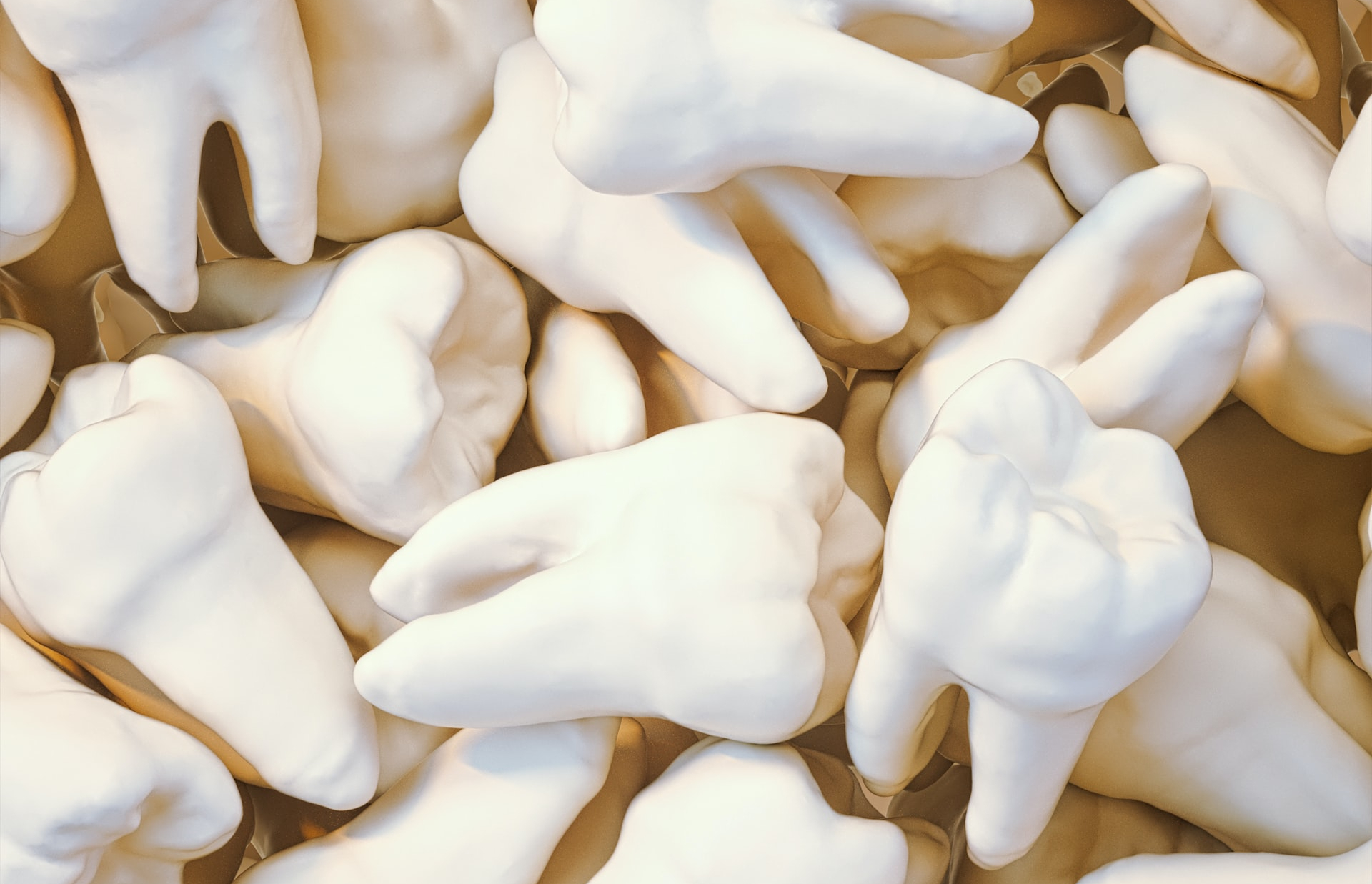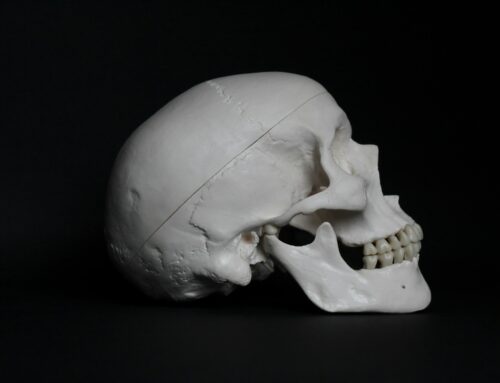Chalky teeth refers to a state where a person’s teeth, primarily the molars, appear discolored or abnormal. It is often called “hypomineralization”, and mainly affects children. Chalky teeth is linked to enamel, and typically results in spots or marks appearing on teeth. As a result, chalky teeth can cause toothache and decay. This means treating chalky teeth is important.
The condition known as Chalky teeth involves a person having visible, chalk-like marks on their molars. This condition is linked to enamel, and can cause severe toothache and decay.
Chalky teeth is the colloquial term given to “hypomineralization” – which is the professional term for this condition. It mainly affects children, with approximately 1 in 5 children suffering from chalky teeth [1].
Now, research into chalky teeth has been able to find out the causes of hypomineralization. The findings of the research could lead to an improvement in treatment for chalky teeth.
What are chalky teeth?
Medical researcher Bernhard Gottlieb was the first person to report and research extensively on chalky teeth, back in 1920 [2]. Gottlieb noted that only some teeth, primarily the molars, are affected [2].
Chalky teeth, or hypomineralization, can result in tooth decay. For example, a tooth with severe hypomineralization is 10 times likelier to decay than a tooth without it [1].
Recently, there has been a renewed push into studying chalky teeth, mainly by a team of researchers called the D3 Group. The group – which is made up of researchers from the University of Melbourne, Australia, and the University of Talca, Chile – published this research.
The group started their research when they noted that while water fluoridation helped to reduce tooth decay in children, decay still existed [1]. The D3 Group have since compiled research into chalky teeth.
Research on the causes of chalky teeth
The D3 Group have published their research in the journal Frontiers of Physiology [3]. They have looked into chalky teeth in recent months.
They were able to find out the cause of chalky teeth. The cause is when enamel gets contaminated by albumin, which is a type of protein that is found in blood and in the tissue surrounding developing teeth [3].
Essentially, certain weak spots in a person’s enamel can be penetrated by albumin leaks. Therefore, this results in albumin binding to enamel mineral crystals, therefore blocking their growth [3].
The researchers went a step further and looked at the cause of albumin leaks. The researchers concluded that albumin leaks are caused by routine illnesses that infants have, such as a simple fever [3].
The future
The findings could be very useful. Chalky teeth continue to be a problem for many people. However, these new findings could improve treatment outcomes.
The researchers are aiming to next determine any underlying causes. For example, these could include environmental triggers [3]. Also, they hope to educate dental professionals, child health professionals and parents on their findings [3]. In many countries, including the United States, knowledge of chalky teeth is very low [4].
Mike Hubbard, a Research Professor at the University of Melbourne and the D3 Group, commented on the findings [1]. He spoke of how the research has allowed the group to “correct 40 years of medico-dental dogma”, which had previously come to incorrect conclusions [1].
Originally, it was believed that “defective enamel-forming cells” caused chalky teeth [1]. However, Hubbard pointed out that this approach failed to explain “why chalkiness affects only one or a few teeth in a child’s mouth” [1]. But the realization of the existence of “weak spots” has provided a valid explanation.
Vidal Perez of the University of Talca, said that while chalky teeth couldn’t be prevented, if “health professionals catch them early – when they first enter the mouth – then we dentists can usually save them” [1]. Therefore, chalky teeth can be treated.
The D3 Group now hope to create a medical strategy to prevent issues caused by chalky teeth. They have high hopes. For example, Hubbard said that this research “could one day eliminate about half of childhood tooth decay, along with its disturbing costs to affected individuals and society” [1].
Thinking points…
1) The D3 Group have spoken about the importance of parents being made aware of the dangers of chalky teeth. Therefore, if you have a child – it could be worth checking to see if they have chalky teeth. You could ask your Calgary dentist if unsure.
2) It is important to protect our oral health. We are all vulnerable to certain conditions like chalky teeth, even in adulthood. The best way of maintaining strong oral health is to attend regular check-ups. We recommend booking an appointment soon!
What we offer at Taradale Dental
Taradale Dental is a Calgary Dental clinic that provides a warm welcome, a comfortable experience and advice to its patients, whenever is needed.
We recommend that our patients attend our Calgary-based dental clinic twice a year for a regular dental check-up. When problems are detected, we have many treatments available. For instance, these include cavity fillings and root canals. We also provide cosmetic dental treatments too!
Importantly, we recommend brushing your teeth at least twice a day and flossing regularly. Moreover, eating healthily and trying to avoid sugary foods and drink is helpful.
In addition, all of our services at our Calgary dental clinic Taradale Dental are in line with the Alberta Dental Fee Guide.
We would love you to visit our Taradale Dental dental clinic in Calgary! You can find out more about us by visiting our website https://taradaledental.ca.
References
[1] Science in Public. (2021). Mystery of children’s ‘chalky teeth’ explained. Available: https://medicalxpress.com/news/2021-12-mystery-children-chalky-teeth.html. Last accessed: 30th December 2021.
[2] Gottlieb, B. (1920). Rachitis and enamel hypoplasia. The Dental Cosmos. 62: p1209–1221.
[3] Hubbard, M. J., Mangum, J. E., Perez, V. A., & Williams, R. (2021). A Breakthrough in Understanding the Pathogenesis of Molar Hypomineralisation: The Mineralisation-Poisoning Model. Frontiers in Physiology. (Pre-publication issue). DOI: 10.3389/fphys.2021.802833.
[4] Hubbard, M. J. (2018). Molar hypomineralization: What is the US experience?. The Journal of the American Dental Association. 149 (5): p329-330.




[…] Chalky Teeth Refers to a State Where a Person’s Teeth, Primarily the Molars, Appear Discolored or Abnormal. Click the Link to Know More […]